Rainwater Catchment Gallery
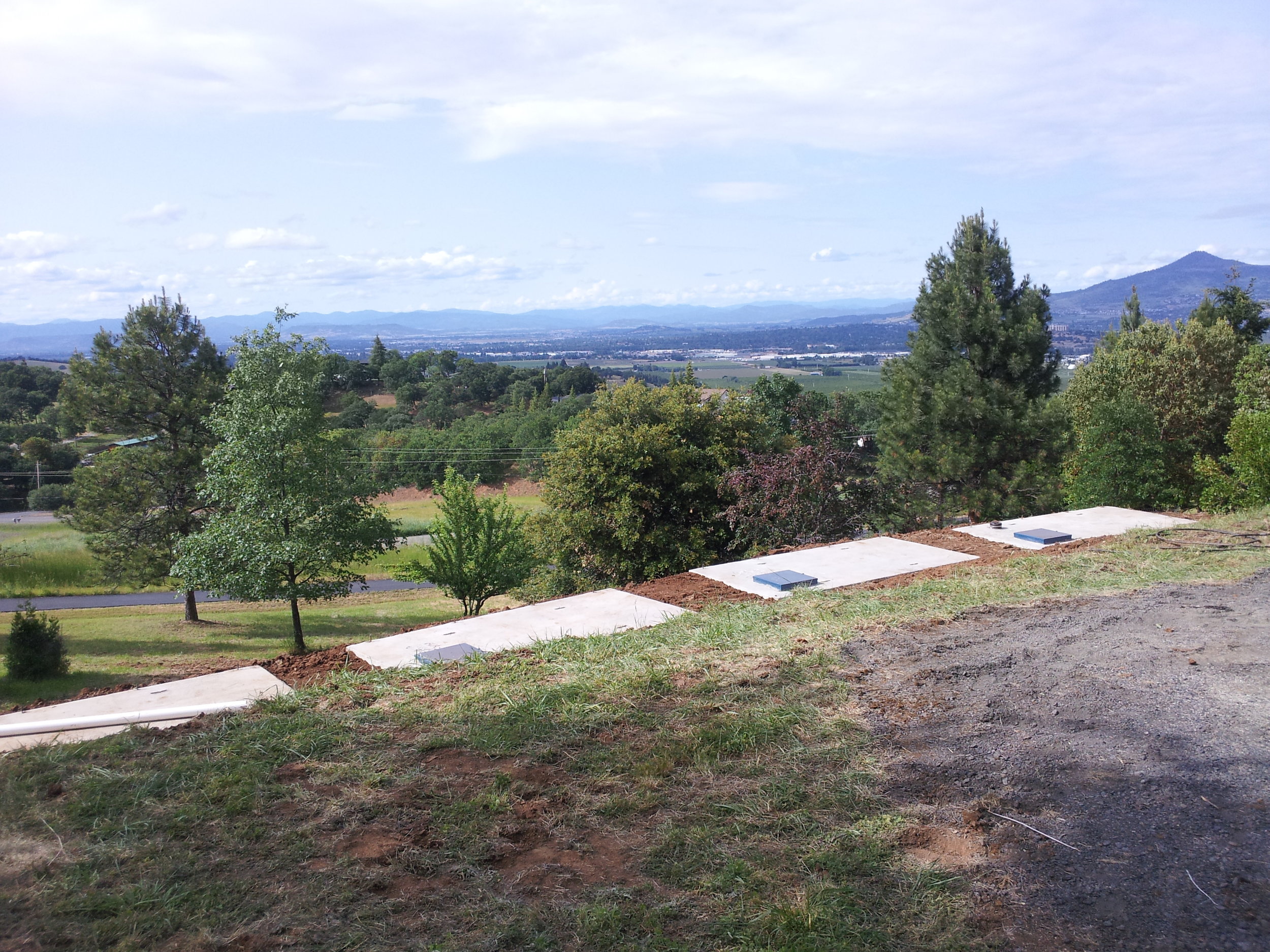
Underground tanks set in hillside
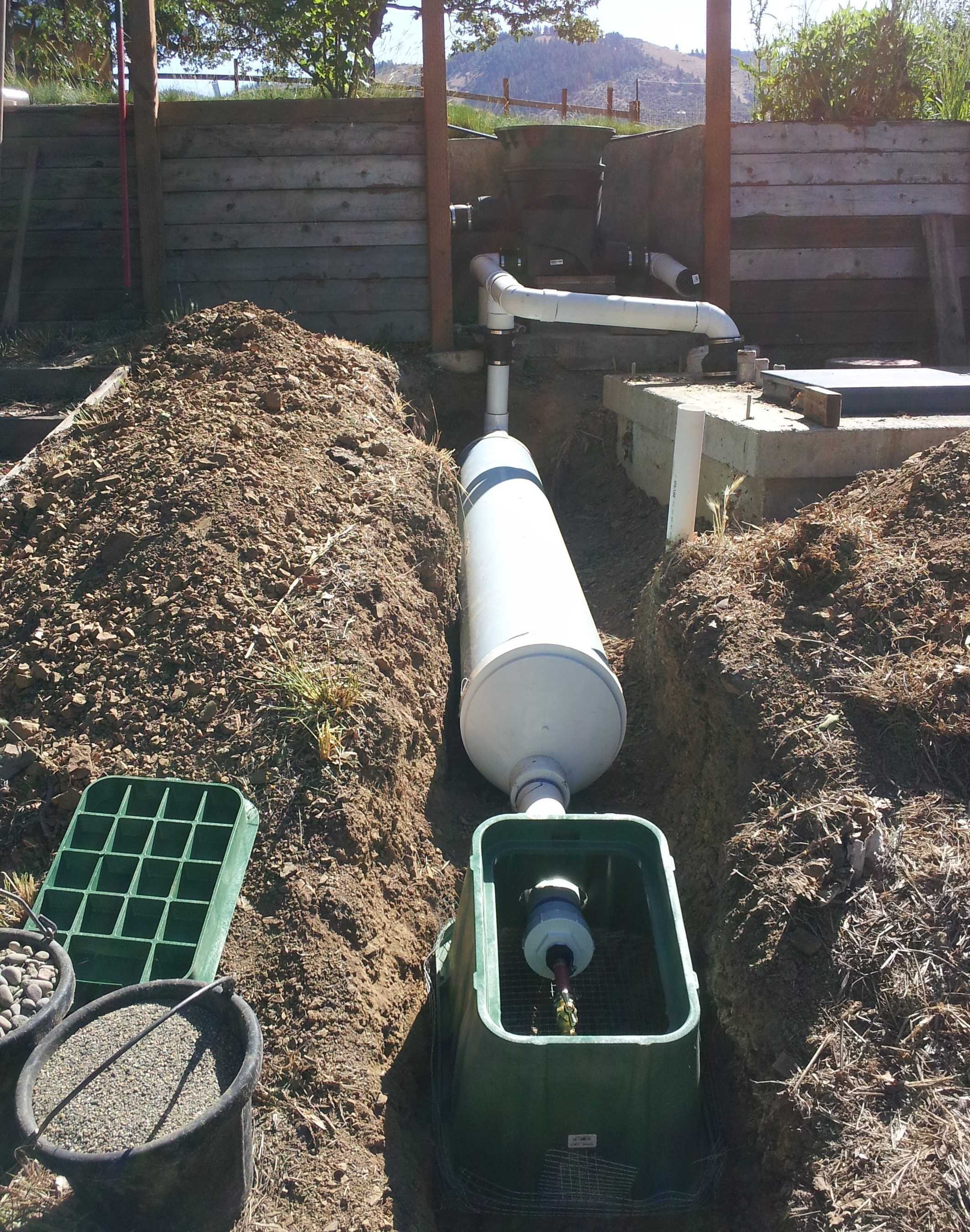
buried first flush tank

Downspout filter removes leaves, pine needles
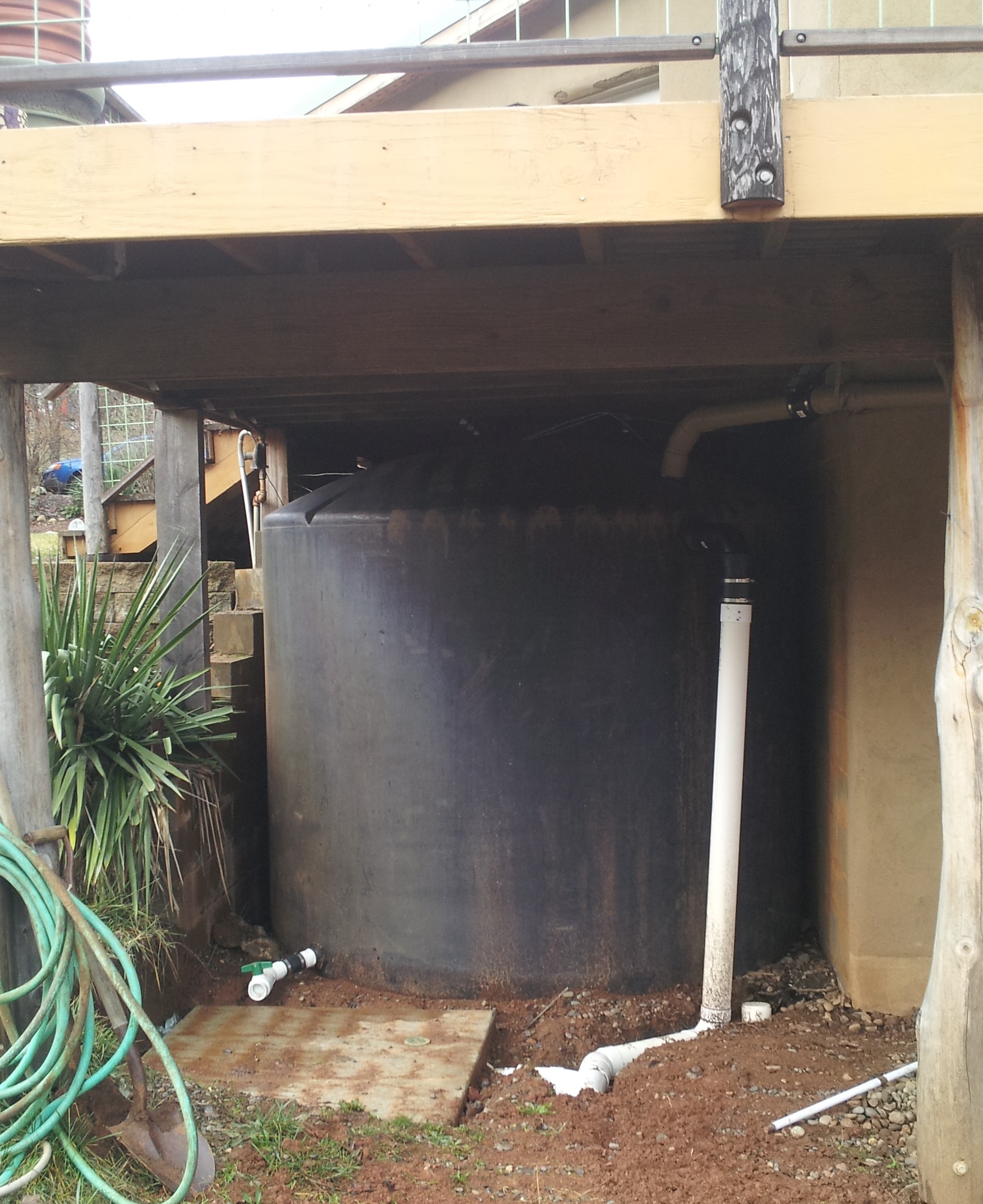
tanks located under deck protects from UV light degradation

10,000 gallon system collects water from barn roof. Pump house protects pump and pressure tank.
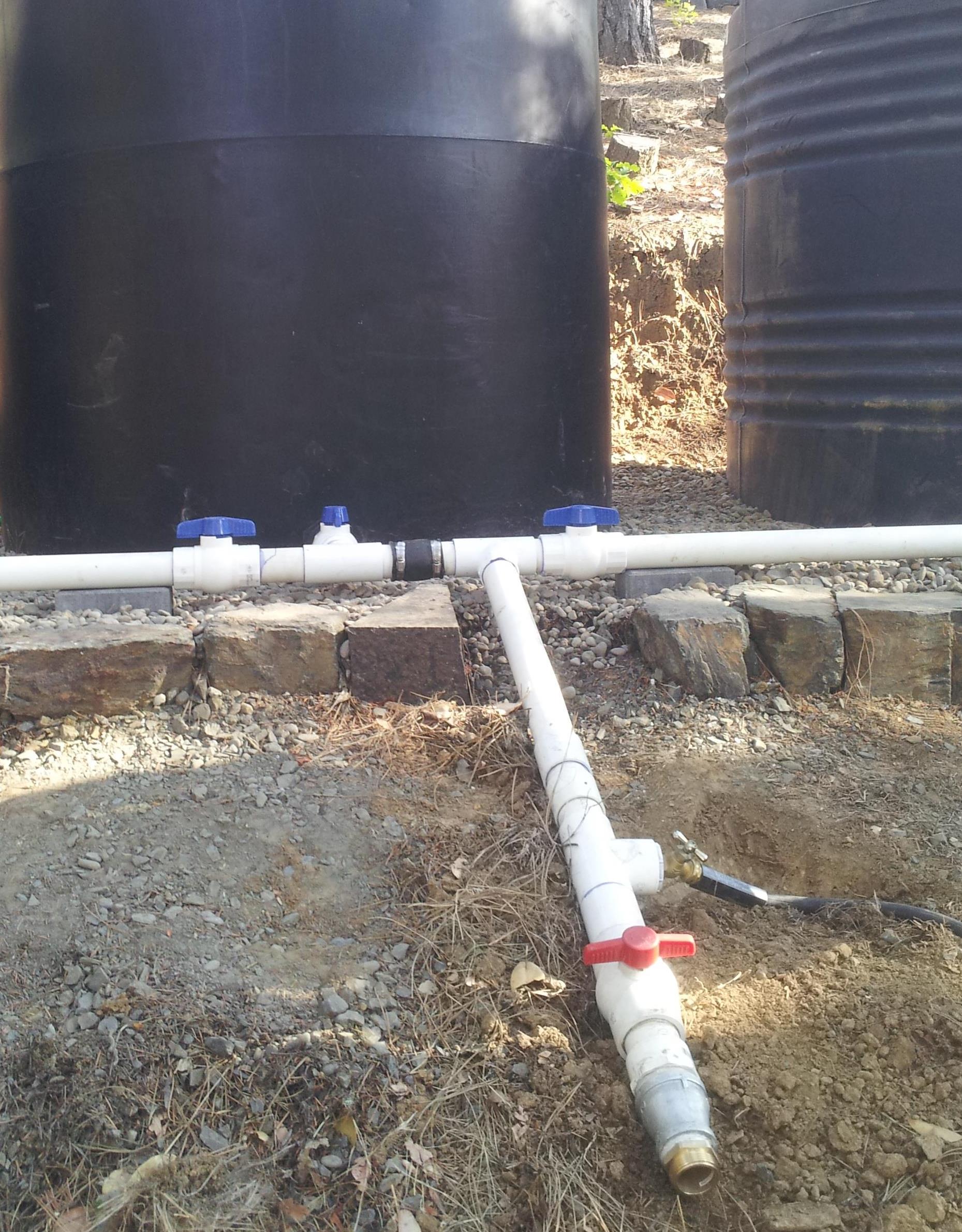
Tank manifold valves permit tanks to be isolated for repairs, cleaning, or to play a role in water use management.
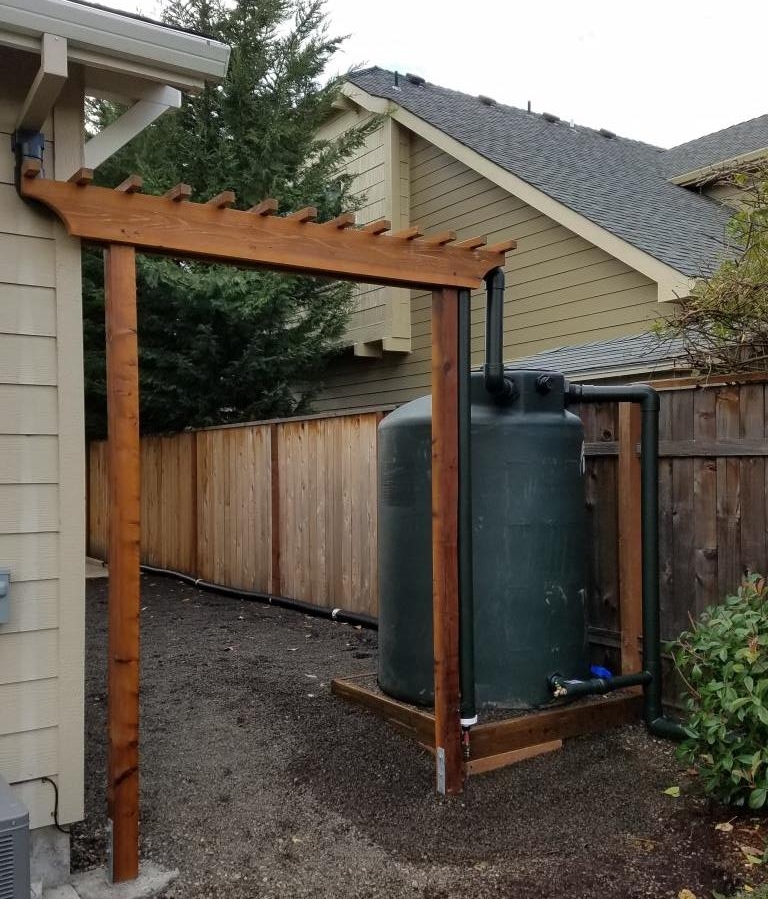
500 gallon system with gutter screens, first flush, overflow and outlet. Trellis carries inlet pipe, supports first flush.







Several Western states, counties, and municipalities have already accepted strawbale building in their codes. Why is it important to have a straw bale code in the IBC or IRC?
Building Codes affect all of us; this is an appeal for donations to fund a straw bale building code effort to create a chapter in both the International Building Code and International Residential Code.
The Ecological Building Network is an open, collaborative group of builders, scientists, architects and engineers sharing the best knowledge we can find for everyone's benefit. Visit them at www.ecobuildnetwork.org
The California Straw Building Association, founded in 1996, is an all-volunteer non-profit organization committed to straw bale building. CASBA funds research and code development, provides information and education, and holds workshops. CASBA members are architects, engineers, contractors, owner-builders, straw and other building material suppliers, and people interested in building with straw. Find them at www.strawbuilding.org
The American Rainwater Catchment System Association is a non-profit organization whose mission is to promote sustainable rainwater harvesting practices to help solve potable, non-potable, storm water and energy challenges throughout the world. Founded in 1994, they offer rainwater catchment system design and installation certification courses and other information on rainwater catchment systems. Visit ARCSA at www.arcsa.org




